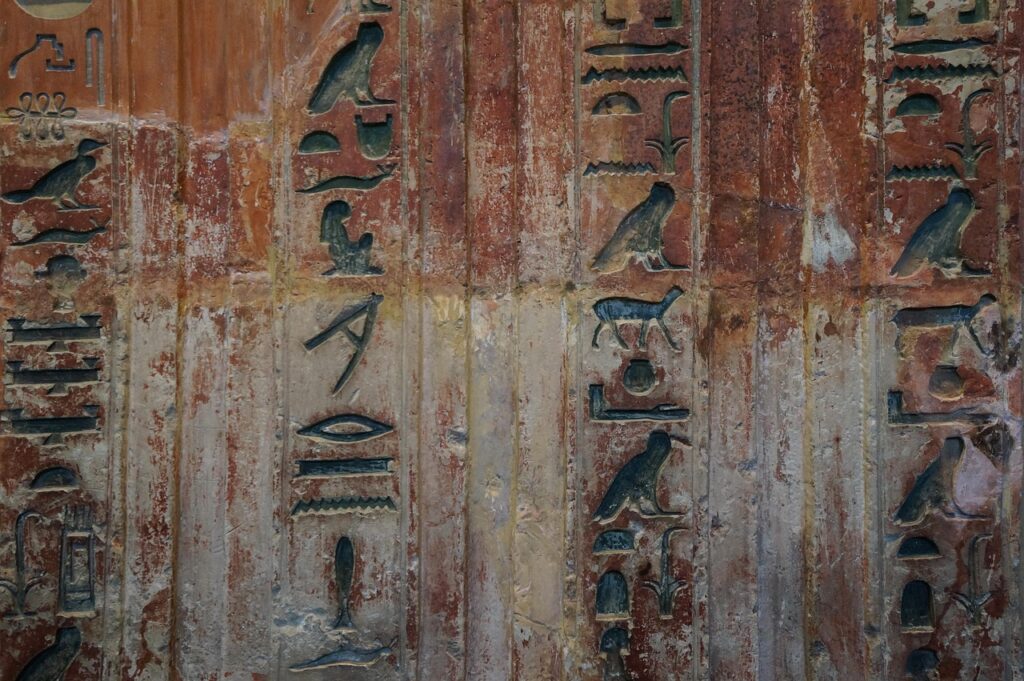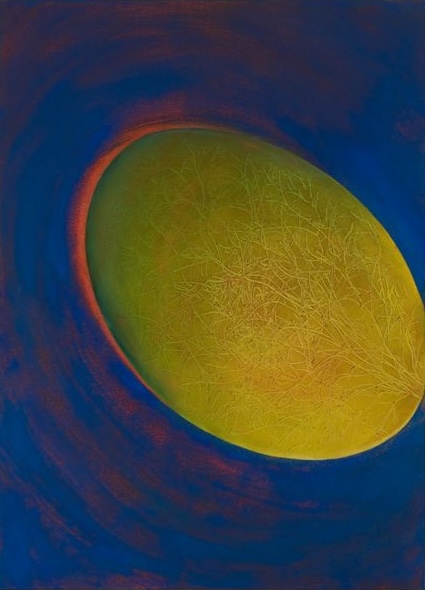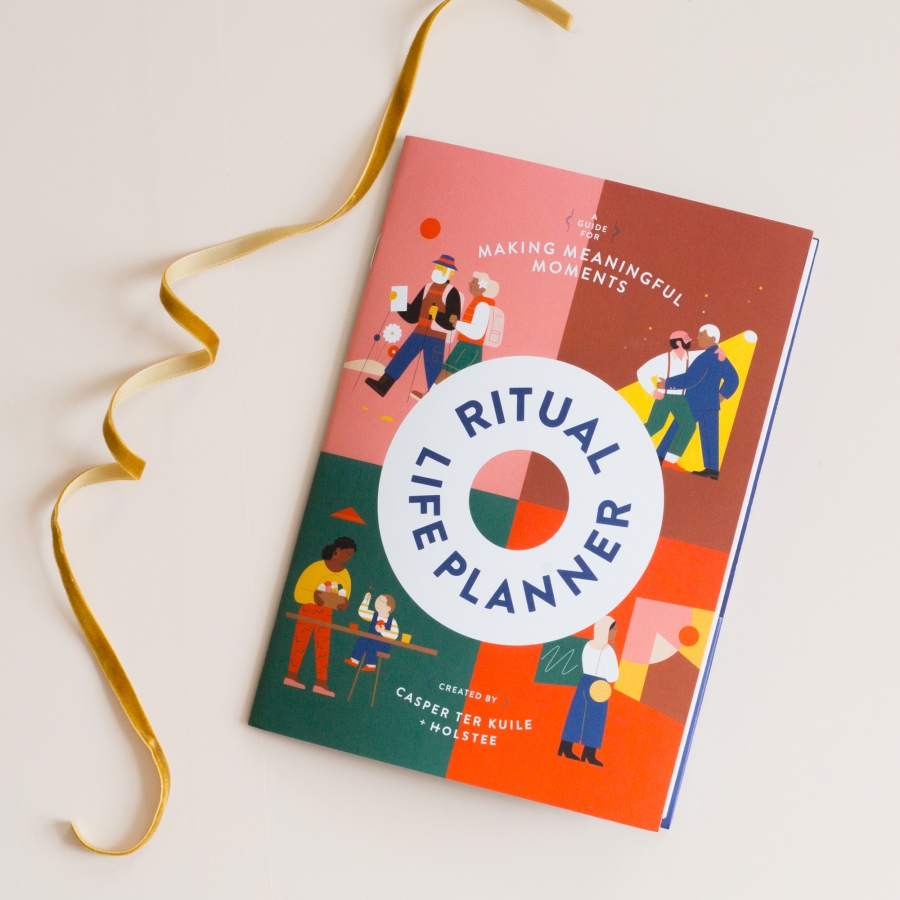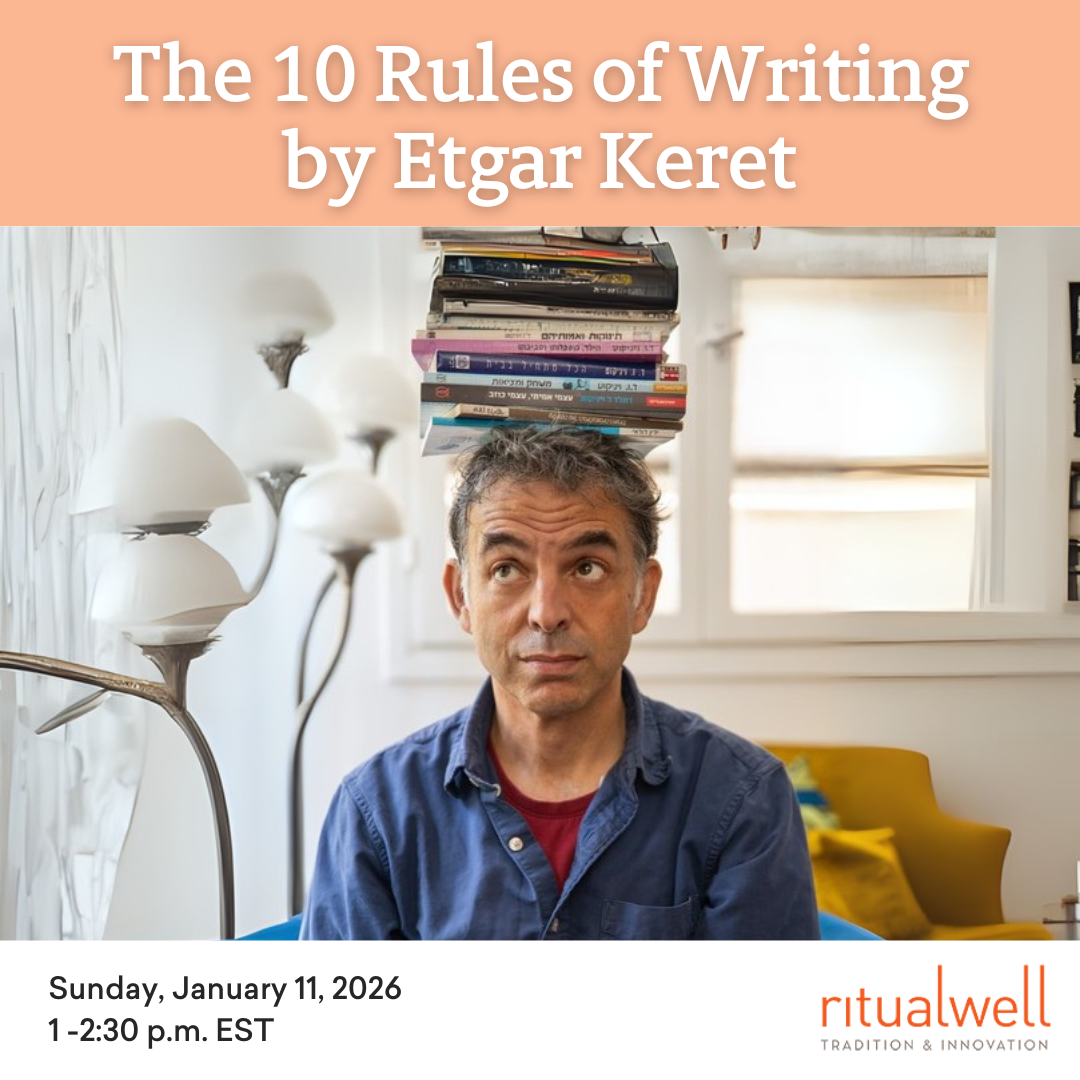Several weeks ago, a classmate brought up something we learned in Biblical Civilization class: that Pharaoh wasn’t just seen as a king, but as a G!d — which means the Exodus can be read as our ancestors trading one master for another.
That framing hasn’t left me since.
When we begin telling the Exodus story during our Seder, we say:
עֲבָדִים הָיִינוּ לְפַרְעֹה בְּמִצְרָיֽם עַתָּה – בְּנֵי חוֹרִיןWe were slaves in Mitzrayim — now we are free.
In ancient times, Pharaoh was seen not just as a king but as a G!d. When the Torah speaks of G!d hardening Pharaoh’s heart, it’s more than stubbornness – it’s a demonstration that the Israelite G!d is stronger than Egypt’s G!ds. The Exodus story can ostensibly be understood as our ancestors trading one master, Pharaoh, for another, G!d.
This realization complicates our idea of freedom. We moved from being avadim (slaves) under Pharaoh – to becoming avadim under HaShem. Even our Hebrew words reflect this tension: avodah means both prayer and service, and it shares its root with avedut, slavery. The very idea that prayer and spiritual practice (avodah) share their root with slavery (avedut) challenges us to rethink what it means to be truly free.
And when we consider the midrash that imagines G!d holding Mount Sinai above our heads, compelling our ancestors to accept the Torah, we must question again: what kind of freedom is this?
Perhaps freedom is not about having no obligations or rulers at all. Instead, maybe it’s about intentionally choosing whom and what we serve.
I don’t embrace the idea of Jews as the “chosen people,” but rather as the “choosing people.” Our freedom is deeply connected to the conscious act of choosing the obligations and responsibilities that shape our lives. It’s never ever the path of least resistance to be Jewish, yet we continue to choose Judaism – because we find meaning, community, and purpose in embracing practices that reflect our values.
Our obligations, then, become intentional acts, commitments we freely undertake because they resonate deeply with who we are and who we aspire to be.
True liberation intertwines spiritual intention with tangible action – freedom shaped by responsibility, clarity, and a commitment to justice. It’s through our chosen communities, practices, and purposeful obligations that we continue the sacred journey begun by our ancestors. These obligations look different for each individual and community.
הָשַּׁתָּא עַבְדֵי, לְשָׁנָה הַבָּאָה בְּנֵי חוֹרִיןThis year we are slaves — next year we will be free.

